Electric MRL vs Hydraulic Elevators: What is Right for your Hotel?
In my last newsletter I answered some of the most common questions we receive regarding hotel elevators. Today I’ll discuss the two most popular types of elevators in low-rise hotels, Electric Machine Room Less (MRL) Elevators and Hydraulic Elevators.
Electric MRL Elevators
THE BASICS:
- This innovative system revolutionized the elevator industry and has since become the most popular type of elevator in low & midrise hotels.
- A traditional electric traction elevator has a dedicated machine room on the roof above the elevator shaft that houses all necessary components. A MRL electric traction elevator, on the other hand, has all necessary machinery components fit within the shaft containing the elevator car, eliminating the need for an extra mechanical space.
- Sometimes, a control closet is needed depending on local codes. However, in many cases, you don’t even need a separate room for the controller and this can be installed within the elevator door frame on the top floor.
- MRL elevators have a maximum travel distance of up to 250 feet and can travel at speeds up to 500 feet per minute.
See below schematic of a typical MRL elevator.
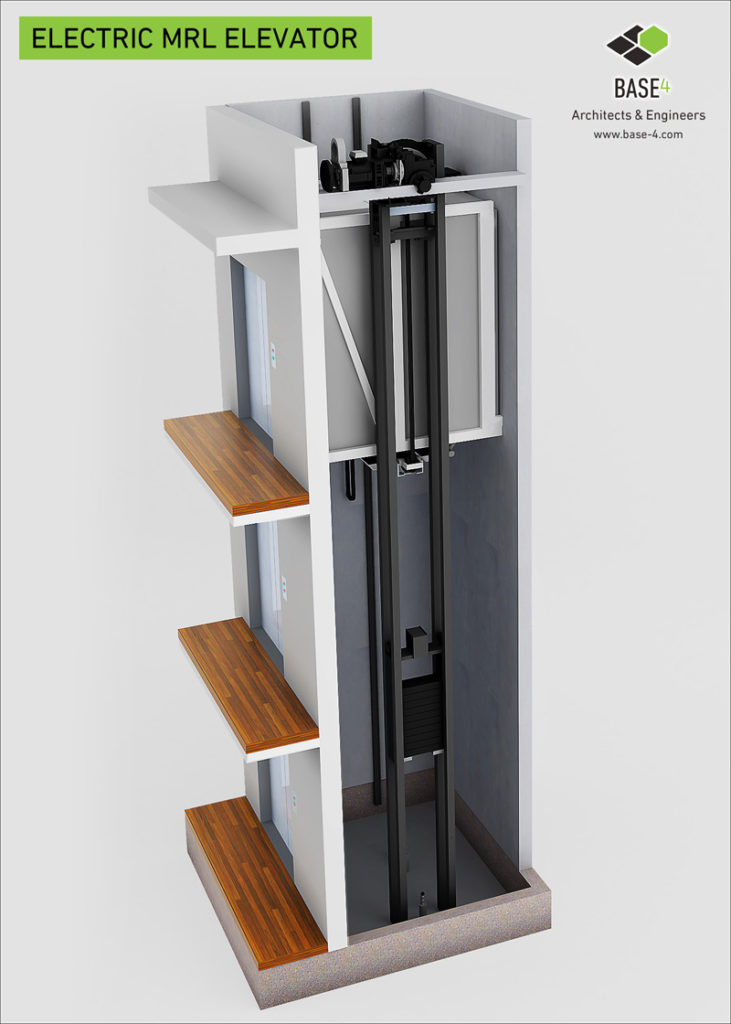
THE BENEFITS:
- Reduced Energy Use – MRL elevators use approximately 70-80% less energy than hydraulic elevators.
- Increased Usable Space – MRL elevators do not require a machine room.
- Environmentally Friendly – Does not require any oil, eliminating the possibility of groundwater contamination and the need for oil interceptors below the elevator pit.
- Faster Speeds – Can operate at faster speeds than traditional hydraulic elevators.
- Increased Acceleration/Deceleration Rates – An MRL elevator will have faster acceleration and deceleration than a hydraulic, which at low rises, makes up much of the overall time from from floor to floor. Often this feature is more important than higher speeds.
THE DRAWBACKS:
- Higher Upfront Cost – MRL elevators have a higher initial cost that is about 20% more than hydraulic elevators.
- Increased Maintenance Costs – MRLs have many moving parts and are more complex to service.
Hydraulic Elevators
THE BASICS:
- These elevators operate via a piston that is located at the bottom of the elevator that pushes the cabin up.
- The elevator shaft has space below the floor (elevator pit), which houses the retracting piston as the elevator descends. (This pit is required as a refuge space for all elevator types by code.)
- Some configurations have a telescoping piston that collapses and requires a shallower hole below the pit.
- The max travel distance is approximately 60 feet with a max speed of 150 feet per minute.
- The machine room is located at the lowest level adjacent to the elevator shaft. (Please note that some manufacturers do make MRL hydraulic elevators, but some states such as CA and WA do not allow these).
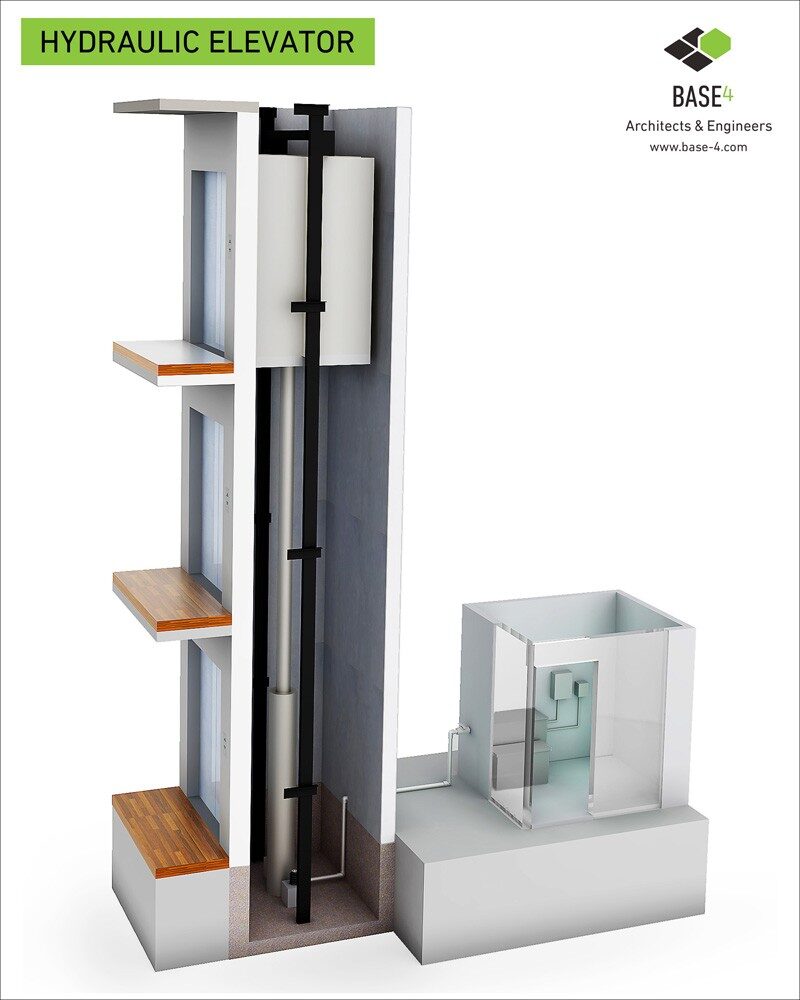
THE BENEFITS:
- Lower Price – Hydraulic elevators reduce costs approximately 20% when compared with MRL elevators.
- More Capacity – Hydraulics provide a greater lifting force than traditional electric MRL elevators. However, this is typically only relevant for heavy-duty applications such as large freight elevators.
THE DRAWBACKS:
- Lower Speeds & Acceleration/Deceleration – Hydraulic elevators can travel at maximum speeds of 150 feet per minute while MRL elevators reach 500 feet per minute. In addition, their time to get up to speed and then slow to a stop is much longer than that of a MRL. Slow elevator speed is a common reason for guest complaints.
- Environment Concerns – Hydraulic systems contain oil which requires an oil interceptor to be installed below the elevator pit.
- High Risk in Extreme Conditions – In a fire, hydraulic fluid is unreliable and can be flammable.
Here are top 5 elevator manufacturers we typically see in our hotel designs. Most of these manufacturers have options for both MRL and hydraulic elevators: 
If you would like to discuss whether a particular type of elevator might be right for your next project, please don’t hesitate to reach out.

Blair Hildahl
Base4 Principal
608.304.5228

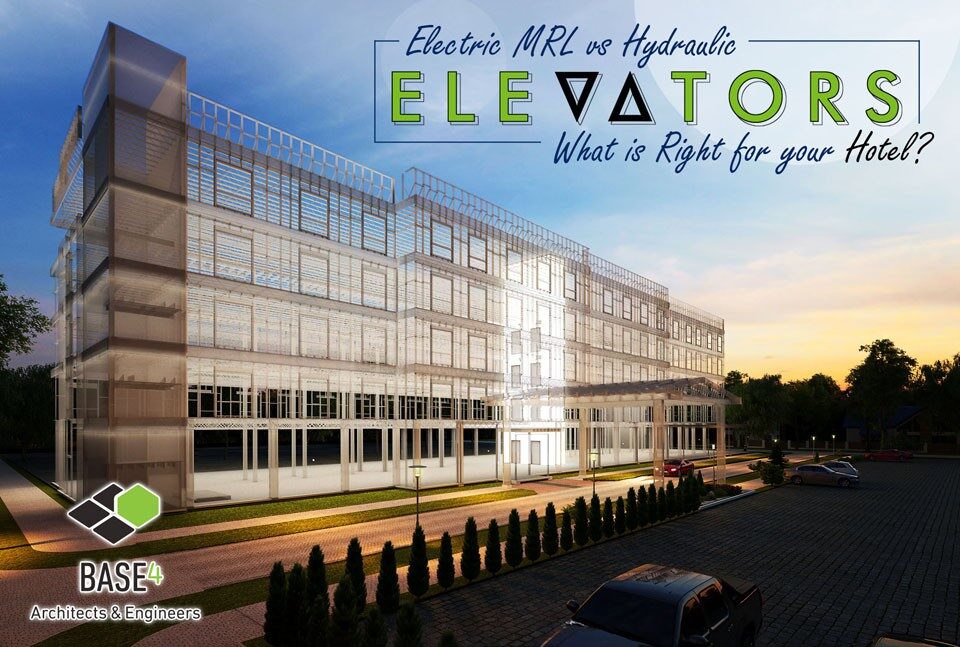

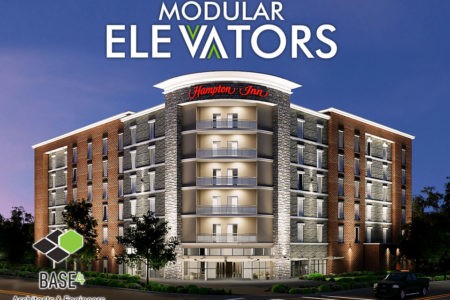
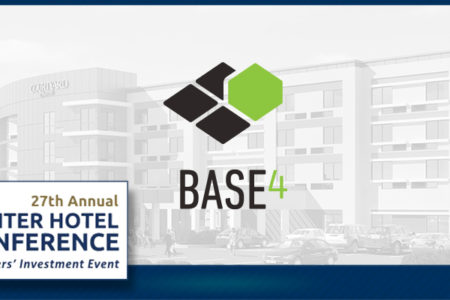
Hey! I’ve read various articles that have compared hydraulic with electric elevators, however this is one of the simplest yet very informative post. Hydraulic elevators are a better option for those who are low on budget and do not need an elevator to serve too many floors. However, if one has to install an elevator in high-rise building, electric elevators are the only choice.
Hi. Thank you so much for listing down the pros and cons of hydraulic and electric elevators. I was actually searching for an article to explain them in this way. I want to get an elevator installed in my home and I was really confused between the two options. But I think I’ll go for hydraulic elevators now because of their low installation and maintenance costs.
Both electric mrl as well as hydraulic elevators have their own pros and cons. People who are willing to know what kind of elevator they should get for their hotel should first know about the exact benefits and drawbacks. Thank you very much. This will surely help a lot of people!
Elevator maintenance company